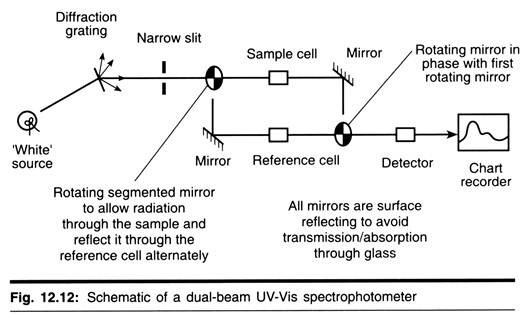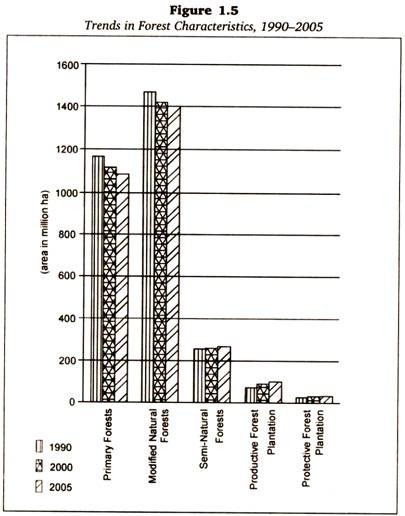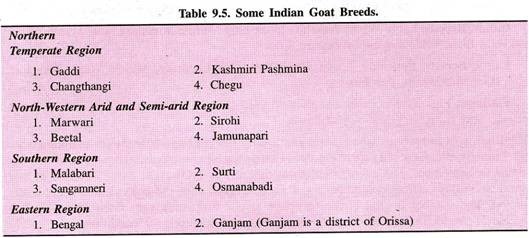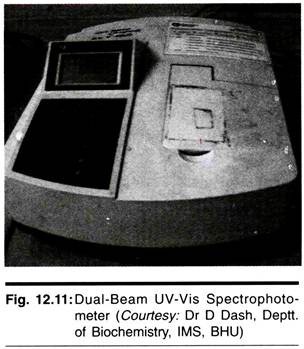ADVERTISEMENTS:
Here is a term paper on the process of transportation in plants.
Process of Transportation in Plants
Term Paper # 1. Transportation of Water in Plants:
Most plants are less complex and require less food and water to survive. A plant takes in water and dissolved nutrients from the soil via the roots. These substances are then carried into specialized tissues in the plant stem that act as a carrier water and nutrients supplying to various parts of the plant, such as the leaves, flowers and fruits.
Food from synthetic sites is also distributed to non- synthetic organs via another tissue of the plant transport system. The word xylem comes from the Greek word xylon, meaning ‘wood’.
ADVERTISEMENTS:
In xylem tissue, vessels and tracheid of the roots, stems and leaves are interconnected to form a continuous system of water-conducting channels reaching all parts of the plant. At the roots, cells in contact with the soil actively take up ions.
Tin is creates a difference in the concentration of these ions between the root and the soil. Water, therefore, moves into the root from the soil to eliminate this difference. This means that there is a steady movement of water into root xylem, creating a column of water that is steadily pushed upwards.
However, this pressure by itself is unlikely to be enough to move water over the heights that we commonly see in plants. Plants use another strategy to move water in the xylem upwards to the highest points of the plant body.
There are pores on the underside of the plant’s leaves. These pores allow water to evaporate out of the plant. This process ensures that water is consistently transported throughout the leaves and delivers nutrients throughout the plant. It also cools the plant in hot weather. As water evaporates from the plant, the pressure on the top of the plant is significantly reduced.
ADVERTISEMENTS:
This reduced pressure allows water to flow quickly up the plant because the pressure in the bottom of the plant is high from the water being drawn out of the soil. The water puts added pressure on the water inside the plant, causing it to flow upward and fill the low-pressure spaces.
Xylem:
The xylem is the specialized plant tissue that is responsible for carrying water and dissolved minerals absorbed from the roots. It makes up a large part of a plant stem, especially in woody plants where the xylem has matured into a tree trunk.
Individual cylindrical vessels connected together make up the xylem. It results in a continuous duct that conducts inorganic ions dissolved in water into various plant parts against gravity.
Tiny holes in the walls of the xylem vessels (pits) allow water to cross from one tube to another. In tress, the xylem becomes blocked with age, and new xylem forms towards the outside of the trunk to replace the older one. The core of dead, non-functioning xylem remains as an essential part of the support system.
Term Paper # 2. Transportation of Food and Nutrients in Plants:
Translocation is the process of the movement of dissolved substances from the leaves to all parts of a plant’s body through the phloem. Phloem is a conducting tissue for nutrients from the leaves to non-photosynthetic parts of a plant.
ADVERTISEMENTS:
Phloem consists of four types of cells:
i. Sieve tubes,
ii. Companion cells,
iii. Phloem fibers and
ADVERTISEMENTS:
iv. Phloem parenchyma.
The translocation of food and other substances occurs in sieve tubes with the help of adjacent companion cells both in upward and downward directions. The translocation in phloem uses energy.
Material like sucrose is transferred into phloem tissue using energy from ATP. This increases the osmotic pressure of the tissue causing water to move into it. This pressure moves the material in the phloem to tissues that have less pressure.
This allows the phloem to move material, according to the plant’s needs. For example, in the spring, sugar stored in root or stem tissue would be transported to the buds which need the energy to grow.
Phloem:
Phloem comes from the Greek word phloios, meaning ‘bark’.
Translocation is the process of transporting food from the leaves the plant site for photosynthesis or “food manufacturing”. The structure responsible for this process of translocation is the phloem. It is made up of cells that control the passage of food in the form of sugars from the leaves into different parts of the plant. The phloem is located just outside the xylem.




